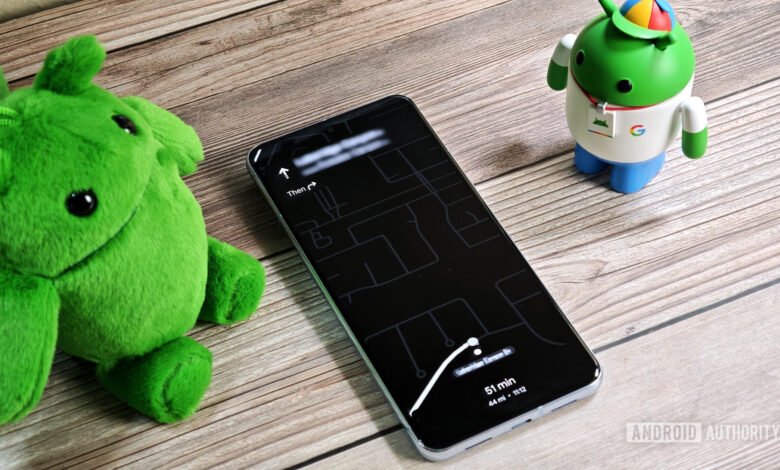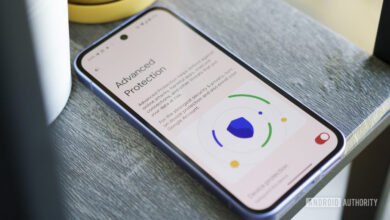Android 17 May Enable Full-Screen Apps on Always-On Display

▼ Summary
– Google is developing “Min Mode” for Android’s Always-On Display, allowing apps to show persistent minimal interfaces.
– This feature enables richer glanceable experiences while maintaining ultra-low-power display states to save battery.
– Apps register a special activity and communicate with SystemUI to activate Min Mode when the screen turns off.
– Google Maps is expected to be an early adopter, using Min Mode for low-power turn-by-turn navigation.
– Min Mode will likely debut as a developer API in Android 17, currently disabled and planned for next year’s release.
Android 17 is poised to introduce a groundbreaking feature called “Min Mode,” which will enable full-screen applications to run directly on the Always-On Display. This innovation promises to deliver richer, glanceable experiences without significantly impacting battery life, marking a major step forward in how users interact with their devices while the screen is idle.
Many Android smartphones include an always-on display function, letting you check the time and see notifications without fully waking the device. While useful, the current AOD is somewhat limited, often requiring you to unlock the phone for more detailed information. Google’s upcoming Min Mode, discovered within the SystemUI code of a recent Android Canary build, aims to change that by allowing apps to present their own persistent, minimal interfaces.
Min Mode operates as a distinct version of the AOD, not a replacement. It utilizes the same ultra-low-power display state to conserve battery, maintaining restrictions on brightness, refresh rate, and color. The key difference is that instead of showing the standard clock and notification icons, it can display a full-screen application interface. The system will typically show the regular AOD when the screen times out, but it can switch to Min Mode if an app specifically requests it.
The feature is application-aware. It identifies which app and activity were active before the screen turned off and determines which component is designated to appear on the AOD. Apps will register a special “MinModeActivity” in their Manifest file and communicate with a SystemUI component called the “MinModeProvider” to activate the feature. To prevent potential screen burn-in, the system will automatically shift the entire display by one pixel every sixty seconds.
In essence, Min Mode serves as a framework for persistent live activities. Apps can provide simplified, AOD-optimized interfaces for the operating system to show while the device is not in active use. This is ideal for applications like navigation, which typically consume substantial power due to constant GPS, data, and screen usage.
Evidence strongly suggests that Google Maps is being prepared as one of the first applications to leverage this new capability. Development work on an extremely minimalist, monochrome power-saving mode for Maps has been spotted. The connection to AOD Min Mode is reinforced by the activity name found in the code, “com.google.android.apps.gmm.features.minmode.MinModeActivity,” and checks for whether the system-level Min Mode is enabled.
Further clues include a user message stating this power-saving mode cannot be used in landscape orientation, which aligns with the portrait-only limitation of the standard AOD. An introductory graphic also indicates the mode is activated by pressing the power button, a logical action for a feature tied to the Always-On Display.
It appears Google Maps will use AOD Min Mode to present turn-by-turn navigation instructions in a low-power format. The functionality is currently disabled at the system level and is not expected to be publicly available until the launch of Android 17 next year. Because this is a feature with broad potential, Google will likely release it as a new developer API, allowing other app creators to build their own Min Mode experiences.
(Source: Android Authority)


